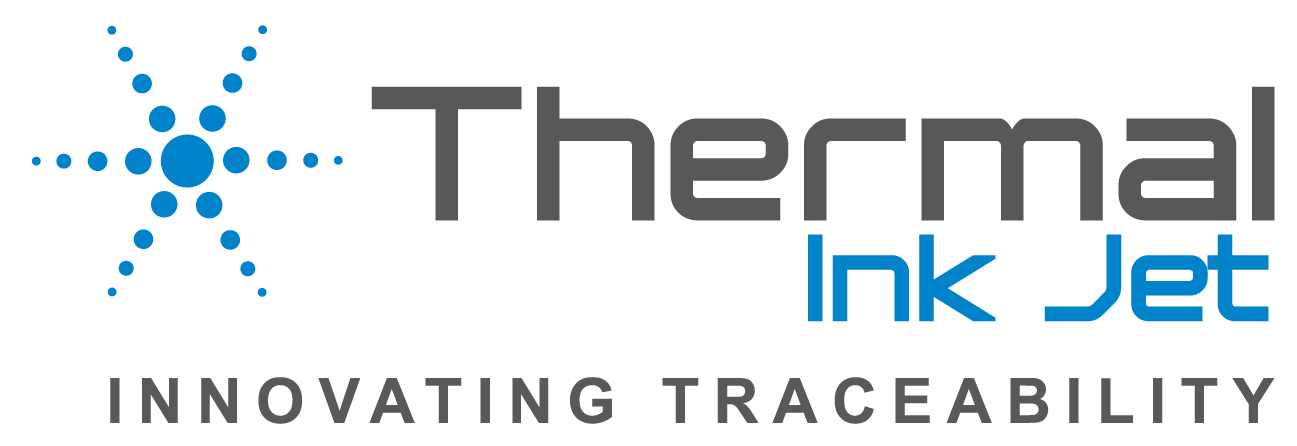Introduction
The garment industry is undergoing a transformative shift toward sustainability and traceability. As consumers demand greater transparency and environmental responsibility, brands are adopting innovative solutions to track their supply chains and ensure compliance with global regulations. From raw material sourcing to finished products, traceability is empowering companies to meet ethical standards, reduce waste, and enhance consumer trust. Let’s explore how traceability is shaping the future of the garment industry.
The Role of Traceability in Sustainability
1. Ethical Sourcing and Transparency
Traceability begins at the source. By tracking the origin of raw materials such as cotton, wool, or synthetic fibers, brands can ensure they are sourced ethically and sustainably. Technologies like QR codes, blockchain, and RFID tags enable real-time tracking, allowing companies to provide detailed information about the journey of each garment. This transparency fosters consumer confidence and aligns with the growing demand for ethical fashion.
2. Reducing Waste with Circular Economy Practices
The garment industry is a significant contributor to global waste, but traceability is enabling a shift toward a circular economy. By tracking garments throughout their lifecycle, brands can facilitate recycling, upcycling, and proper disposal. This reduces the environmental footprint and supports a sustainable future.
Global Regulations Driving Traceability
Countries worldwide are implementing stricter regulations to ensure sustainability in the fashion industry. For example:
- European Union: Initiatives like the EU Digital Product Passport mandate detailed product information for better recycling and sustainability.
- United States: Compliance with regulations such as the Uyghur Forced Labor Prevention Act ensures ethical sourcing.
- Global Standards: Certifications like OEKO-TEX and GOTS (Global Organic Textile Standard) promote sustainable practices, which are easier to track and verify through traceability systems.
Technologies Powering Traceability in Fashion
1. Blockchain for Supply Chain Transparency
Blockchain technology is transforming traceability by creating tamper-proof digital records of a garment’s journey. From fiber production to retail shelves, every step is recorded, providing an immutable trail of information that can be shared with consumers.
2. QR Codes and Smart Labels
QR codes on clothing tags allow consumers to scan and access detailed information about the product, including where it was made, the materials used, and the environmental impact. This easy access to data enhances consumer engagement and trust.
3. IoT and RFID Tracking
IoT devices and RFID tags are being integrated into garment supply chains to track inventory in real time. This helps brands optimize logistics, reduce waste, and ensure compliance with sustainability goals.
Benefits for Brands and Consumers
For Brands:
- Improved compliance with regulations and certifications.
- Enhanced consumer trust and loyalty.
- Greater efficiency in supply chain management.
- Positive environmental and social impact.
For Consumers:
- Access to transparent information about product origin and impact.
- Confidence in purchasing ethically made garments.
- Participation in sustainable practices like garment recycling.
Conclusion
The garment industry is evolving, with sustainability and traceability at the forefront of this transformation. By leveraging innovative technologies and adhering to global regulations, brands can build more ethical and environmentally friendly supply chains. For consumers, this means greater transparency and the ability to make more informed choices. As we move toward a future of sustainable fashion, traceability will remain a key driver of change.




